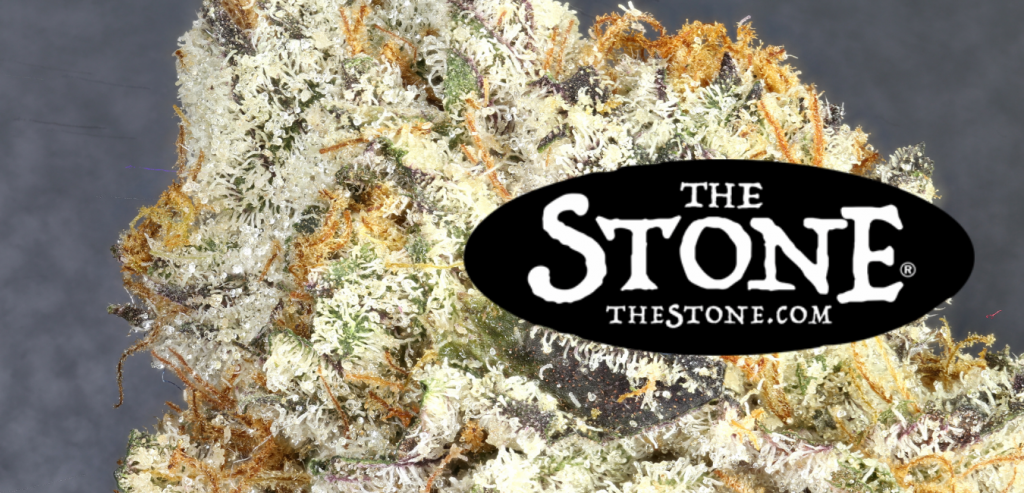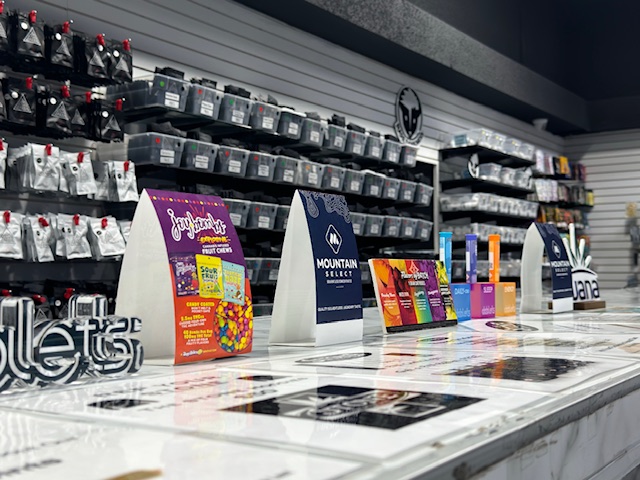
This website is for users aged 21 and over. Please confirm your age.

What is hemp? It’s a plant used for centuries to make various products. The uses include rope, clothing, paper, and even fuel. It’s a member of the Cannabis sativa family, including marijuana. However, unlike marijuana, it contains only trace amounts of THC. The psychoactive compound produces the “high” associated with cannabis use. This makes it an ideal material for a wide range of products that can be made without fear of legal repercussions.
Hemp has long been cultivated for its fibrous stalks, used to make rope, fabric, and paper. Its seeds are also a valuable food source, high in protein and essential fatty acids. In recent years, it has been making a comeback as a potential source of biofuel. The plant’s oil can create biodiesel, which can be used in any diesel engine.
It’s a versatile plant compared to other plants. Hemp can be used as food, fuel, paper, clothing, or medicine.
The federal government recognizes this plant and contains it in the controlled substance act definition of marijuana. It’s been excluded from the definition of Marijuana (Schedule 1 Controlled Substance) since the Industrial Hemp Act of 1997.
It was typically grown in China, Russia, England, and France, where it was used for its fiber content. Textiles made from it are durable and robust when appropriately made. Genocidal maniac Christopher Columbus’s sails were created out of hemp fibers, now called “canvas.” Even the hemp didn’t like him.
U.S. laws allowed farmers to grow it during WW2, when many other fabric resources were rationed. The war would not have been possible without hemp supply from countries like China and Russia; they grew it by millions of acres during that time.
According to the book “Hemp: American History Revisited” by Dr.Colin Leys, South Carolina farmers even seeded their entire state with it during WW2. This was to show what an abundant resource it was! Our Declaration of Independence and the U.S Constitution were drafted on paper that was made from hemp, unlike wood pulp like it is today.
In 1937, Congress passed the Marijuana Tax Act (which put a tax on it); an amendment was added to the statute in 1958. This was known as the “Industrial Hemp Farming Act of 2009. ” This directed that any government agency or state department could not prevent farmers from growing it. All other industrial products, including paper and fabric, were made from it during this period.
The value of Hemp as a resource is approximately $10 billion annually. Today most people think of cannabis only being made into smoke, which is derived from the plant known as marijuana or specifically called Cannabis Sativa L. Marijuana is illegal to grow in the United States.
However, industrial hemp, which is grown from Cannabis Sativa L. with less than 0.3 percent THC content, and the flower/bud or resin of the marijuana plant known as hashish or “marijuana,” has been illegal to grow in most parts of the world since the enactment of The United Nations Single Convention on Narcotic Drugs in 1961.
It also allowed states to pass regulations and laws that could be approved by Congress or state legislatures to allow growing it under state pilot programs. Before this act, most states did not even have the authority to regulate industrial hemp cultivation.
It is now being grown in many countries for several uses. It’s still not legal to grow in the United States, but it may be imported as food, clothing, or building materials to construct homes. With over 25,000 products that can be made from it, proponents believe it’s time to remove the stigma and allow farmers to grow industrial hemp.
Industrial hemp has no psychoactive compound, so it will not give a marijuana-like high. The Farm Bill of 2018 also removed the requirement for states to distinguish between marijuana and industrial hemp when passing laws allowing it to grow, be processed, or sold.
It’s been estimated that its value as a resource was approximately $10 billion annually. The United States is the only developed country that doesn’t produce and use its resources to help rebuild our economy.

Despite its many benefits, it faces several legal challenges that have prevented it from being widely cultivated in the United States. The Controlled Substances Act of 1970 classified all forms of Cannabis sativa as a Schedule I drug, meaning they have a high potential for abuse and no accepted medical use. This classification has made it challenging to research the potential benefits, so the plant remains largely unexplored.
There is strong evidence, however, that it has the potential to be used in a wide variety of applications, and many states are beginning to legalize its cultivation. As awareness of the plant’s benefits grows, it will likely continue to gain popularity as a sustainable source of raw materials and fuel.
Hemp is a plant that has been used for centuries for many different purposes. Its plant fibers can be used to make cloth, paper, and rope. The hemp plant seeds can be eaten, and the oil from the source can be used to make paint, varnish, and ink. Hemp can also be used to make biodiesel fuel.
Hemp was once a major crop in the United States. George Washington and Thomas Jefferson both grew it on their plantations. But in the early 1900s, the United States government began to prohibit the cultivation of hemp because it was competing with the cotton industry.
Nowadays, there is growing interest in hemp as an environmentally friendly crop. Hemp is a renewable resource, and it can be grown without the use of pesticides or herbicides. Hemp also produces a lot of fiber, making it a potential source for sustainable clothing production.
There are still some obstacles to the widespread cultivation of hemp in the United States, but there is hope that this crop will continue to gain popularity in the years to come. Thanks for reading! I hope this article has helped you learn about hemp and its many uses.
We warmly welcome you to explore our highly acclaimed strains, concentrates, and edibles. Serving recreational clients with pride is our passion.
At our dispensary, you'll find a professional yet inviting atmosphere that prioritizes your comfort and privacy. Feel free to stop by at your earliest convenience to experience it for yourself. We can't wait to serve you!


